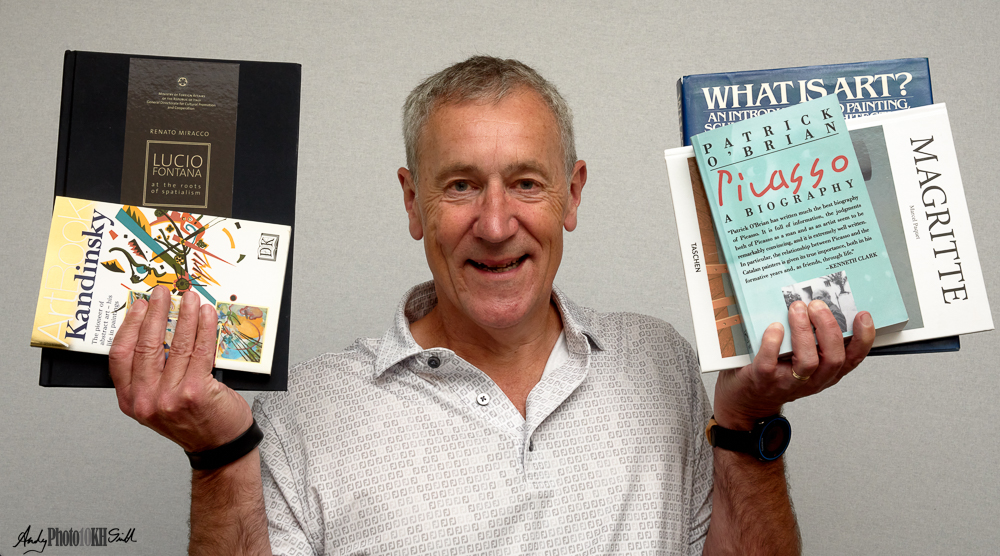
The purpose of this post is to update, and entirely contradict, my first post on “What is Art?” written at hour zero of this project, in November 2017
Objectives and Structure
As with my previous attempt to define art, made in November 2017, I want to keep this discussion relevant to photography and to develop a definition that is practically useful as I develop as a photographer
Structure to achieve the above:
- My Previous Definition of Art – flaws and uncertainties
- Alternative, Academic Definitions of Art – the theory I have learnt in the past 5½ years
- Historical Definition of Art – how the definition of art changed as art developed, particularly with the introduction of photography
- Where Art is Now? – applying a criteria for assessing contemporary art to photography
- My New Definition of Art
My Previous Definition of Art
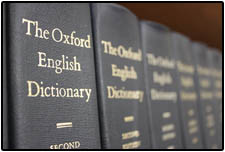
In November 2017 I defined art as “emotional communication“. This was as good as I could do at the time; it had the advantage of being pithy and easily applied to photography, but I was always aware that it was vague and weak. I knew this was something I would revisit, and this post is my first attempt at doing so
Alternative, Academic Definitions of Art
A year and a half into this project, 21st March 2019, I discovered three definitions of art proposed by philosophers and aestheticians:
- “The Eye of the Beholder”: anti-realist (or subjectivist) position that beauty relies upon the viewers interpretation of the object
- “The Institutional Theory”: art is what the qualified experts say is art
- “Family Resemblance”: a theory which dodges the question of what is art by suggesting that, although it cannot be defined precisely, it is like other things that have previously been agreed to be art
All of the above are simultaneously both absolutely correct and fatally flawed. They provide a practical means of determining whether or not a work is art, but do so without actually defining what art is
Historical Definition of Art
For most of history the role of the visual arts has primarily been to replicate reality. The memetic philosophy of art said basically that good art looked like the thing it was trying to depict, and poor art didn’t. The memetic philosophy thrived as each artistic movement built on the techniques and developments that went before, e.g., use of perspective and colouration
[I will not discuss here my thoughts on whether or not photography is art. If interested, see my post: “First Notes on the History of Photography as an Art Form” where I discuss the history of this question]
It is clear that the advent of photography challenged, or at least threatened to challenge, painting. So I will consider the definition of art in three time periods:
- Visual Art Before the Advent of Photography
- Art After Photography
- Abstract Expressionism
Visual Art Before the Advent of Photography
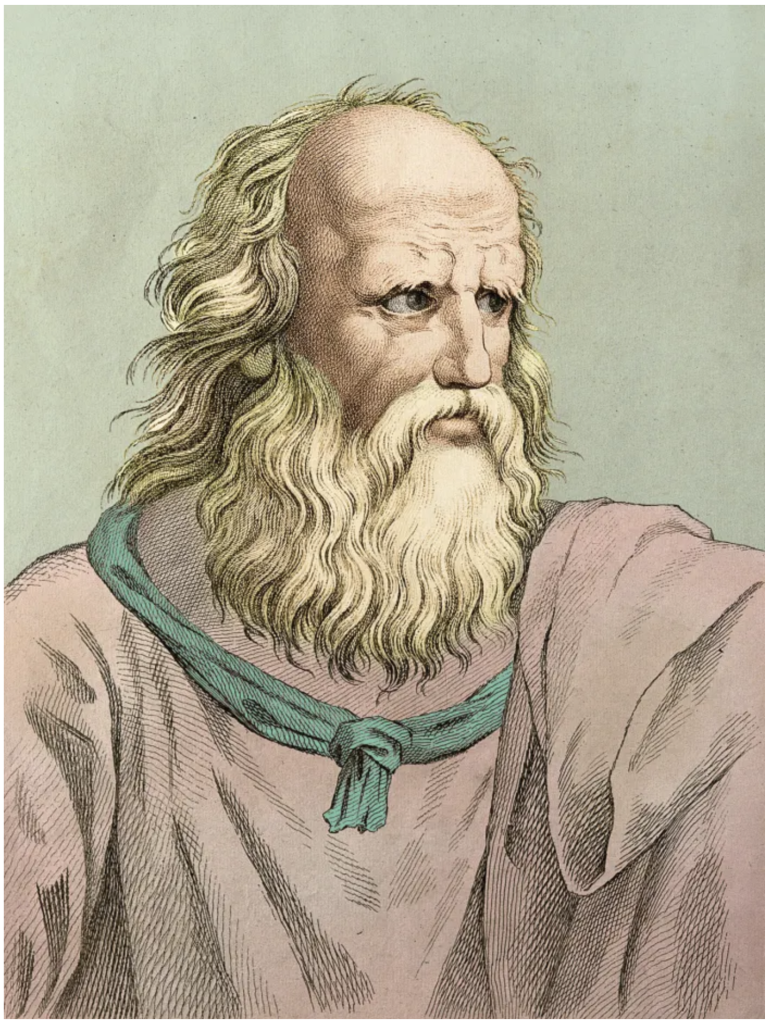
In the olden days, good art was defined as that which clearly resembled the scene it was trying to depict and conveyed with it an appropriate abundance of emotion. This is equally true for:
- morally instructive art, as might have been commissioned by the church
- aggrandising portraits, to promote rich and powerful patrons
- or simply art for art’s sake, e.g., a still life of a beautiful bunch of flowers – which my the way was generally considered to be the lowest form of art
Plato (c 400BC) apparently had a low opinion of art, seeing it merely as a way of representing the real world and as such always being secondary to it. As such he banished all painters and poets from his republic in his book of the same name
In the 12th Century the Oxford English Dictionary defined art as “Skill at doing anything as a result of knowledge and practice”. So the painters of the day say themselves as craftsmen, like carpenters
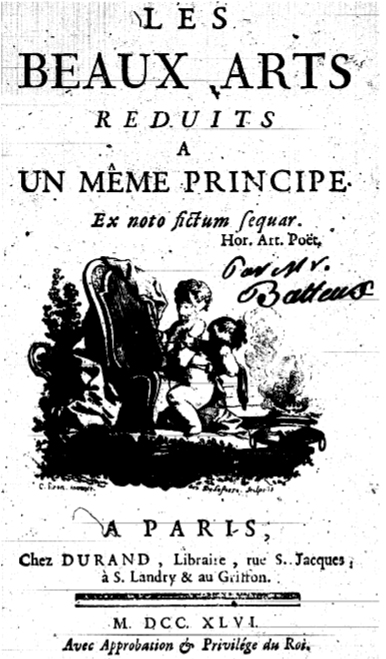
“Fine Art” as separate from “Skill” was first defined by the French philosopher and aesthetician, Charles Batteux in his 1746 book “Les beaux arts réduits à un même principe” (The Fine Arts Reduced to a Single Principle) as:
“Fine arts are fine or beautiful things (‘which please’ of themselves), always ‘in imitation of nature’ and requiring genius”
So for something to be art it must satisfy the following criteria:
- be pretty
- look like something recognisable
- demonstrate a high level of technical skill
Beauty and Sublimity
On the 19th December 2022 I recorded that according to Wikipedia: the Sublime is the quality of greatness, especially that beyond all possibility of calculation or imitation. The above definition is from Edmund Burke’s 1756, “A philosophical Enquiry into the Origin of Our Ideas of the Sublime and the Beautiful” where he goes on to state that sublimity and beauty are mutually exclusive.
Example of the sublime: Casper David Friedrich’s “Wanderer over the sea of mist”, right.
In his book “The Meaning in the Making”, Sean Tucker defines Logos as logic, in the ancient Greek sense of the word; applying to spiritual matters as much, or more, than the merely factual; “truth that transcends factual evidence”.
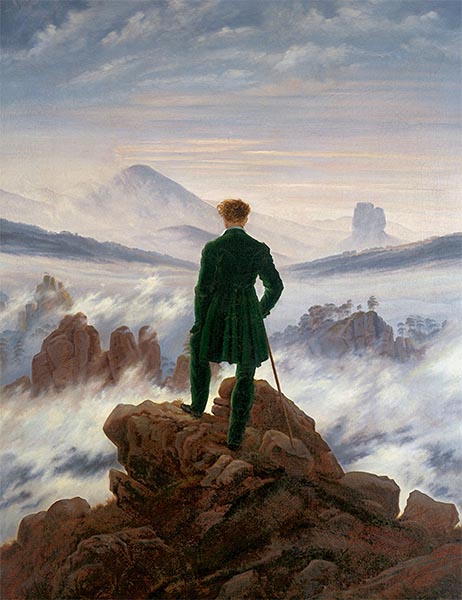
New techniques, utilising new materials and building upon the work of previous generations, enabled artists to constantly strive for greater mimetic accuracy, i.e., depicting scenes accurately and expressing the emotions felt by the artist. Thus Romanticism build on Rococo, which built on the Baroque, which built on Gothic, etc. All was good for thousand years …
Art After Photography
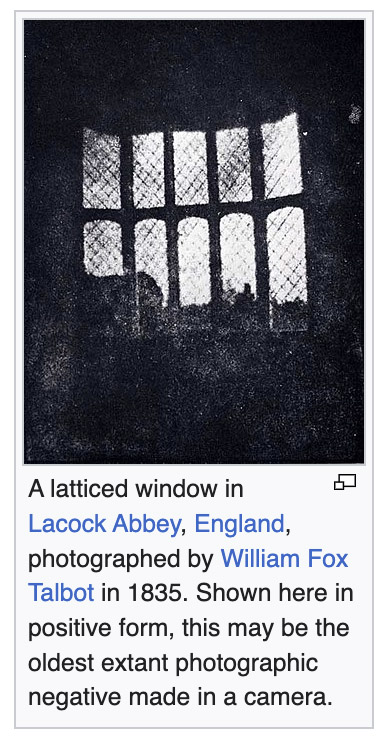
In 1826 or 1827 Nicéphore Niépce first managed to fix an image that was captured by a camera. Louis Daguerre developed the daguerrotype as a commercial process in 1839 (generally accepted as the birth date of practical photography) shortly followed by a paper-based calotype negative and print process developed by William Henry Fox Talbot.
Cumbersome though the process was by today’s standards, portraits and other pictures which were bread and butter to most commercial artists became increasingly more cheaply obtained by the photographic process. Even at the top end of the painterly profession it was clear that photography, in particular movies, would one day represent a scene more accurately than a painting ever could.
Painters responded to this challenge by creating styles including impressionism, fauvism, cubism, etc., where the representation of emotions felt by the artist are more important than physical similarity. Although the term “expressionism” is used technically to define an art movement that overlapped with but was distinct from all the other “isms” of this era, it’s central them of distorting the image to amplify the emotional message unites the majority of these movements, and as such I then to think of it as an umbrella term.
As photography spawned expressionism, the mimetic definition of art merely flexed to relate less to visual similarity and more to how the painting communicates how the artist felt about the subject. Again supporting my earlier definition of art as emotional communication.
Abstract Expressionism and Contemporary Art
Abstract Expressionism was the last “ism” of the Modern era and was a development of the other movements. Jackson Pollock claimed that his famous drip paintings were unplanned and guided directly by his subconscious. Thus automatic painting, as practiced by the surrealists, but without any attempt at objectivity. He was communicating the deeply held emotion of his subconscious. The same was true, to a greater or lesser extent, for Willem de Kooning, Franz Klein, Arshile Gorky, Lee Krazner and the other members of the New York School. All of whom held that abstraction was the path to pure art.
However, Mark Rothko famously stated that his paintings did not depict an experience, they are the experience. This is different. Rothko’s art was constructive, not mimetic.
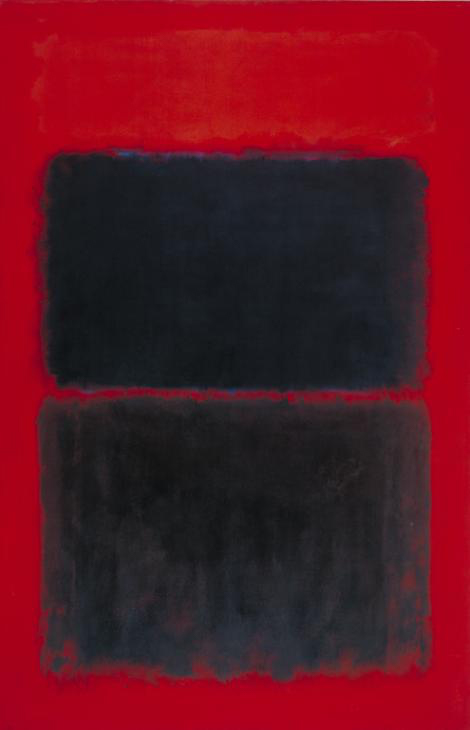
The New York School; Abstract Expressionists in their various guises, from colour field to action painting, were united by their belief that the purest form of art required absolute abstraction. Therefore, art in its essence is devoid of any communication emotional or otherwise.
A Rothko painting, like the one left, requires the viewer to meet the artist half way by bringing their own emotions and interpretation of the work. As such rather than being in any way memetic, purely abstract art creates objects of contemplation.
“My painting is not about an experience, it is the experience”
Mark Rothko
Most, or at least much, contemporary art is not mimetic, and this generally makes it less accessible because it is less obvious. On the other hand, art that requires more work on the part of the viewer, is often more rewarding.
Where is Art Now?
On 2nd November 2022 I watched Contemporary Art Issue YouTube: “What Makes Abstract Art Good” which suggested that one can value contemporary art according to the following criteria:
- Technical execution – does it display technical skill
- Overall quality – does it feel like quality work (i.e., “do I like it?” Eye of the beholder)
- Originality – is it new or merely a copy of what has gone before
- Continuity – does it sit well within the artist’s oeuvre
- Relevance/ Art historical importance – is it moving the genre forward.
It occurs to me that these criteria can practically be applied to all forms of art. In particular, points 1-3 are the way photography is judged at the club level. Points 4 and 5 only come into play when one is considering art at the highest level.
The weakness in the above list is the subjective nature of point 2, which boils down to “Do I like it?”; either as an individual viewer, Eye of the Beholder theory; or as an influential member of the art world, invoking the Institutional theory.
I suggest replacing point 2 with a requirement for spiritual or secular logos (see”Beauty and Sublimity”, above), the magic that makes art art, i.e., does it “convey a compelling truth that transcends factual evidence”?
My New Definition
In the assessment of a work, points 1 & 3 are technical and 4 & 5 relate to continuity; only point 2 deals with art. So for now, my working definition is:
- Art is the property of a work that conveys a truth, beyond the merely factual, that appeals to our basic human psyche.
This definition encompasses beauty, sublimity and enigma. That which cannot be explained with words.
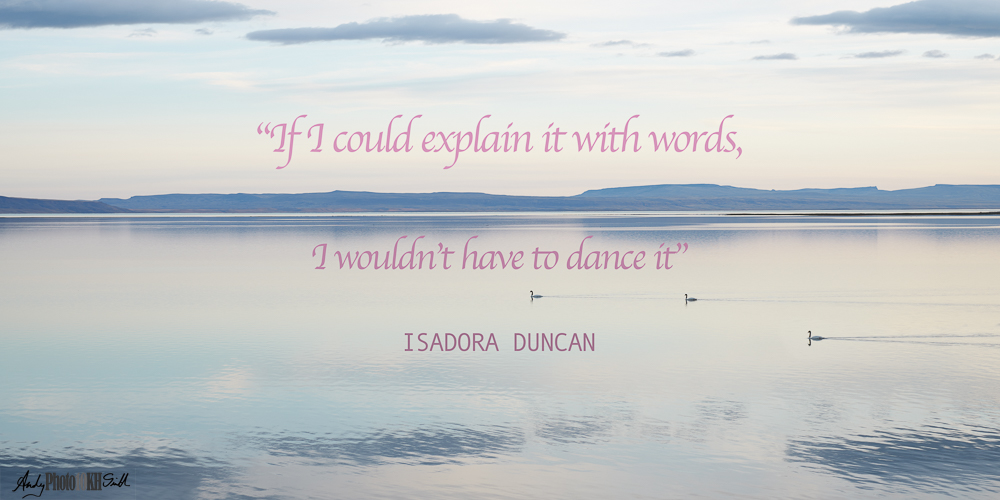
Words attributed to the American dancer and choreographer, Isadora Duncan (1877-1927), photo of Lake Argentino at dawn by me.